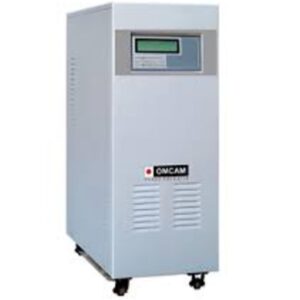Description
Key Functions:
- Load Sharing:
- Balances the power supply between various sources, such as solar and generators, based on load demands and source availability.
- Ensures that the most efficient source is prioritized (e.g., using solar power before switching to a generator).
- Battery Management:
- Efficiently charges and discharges batteries.
- Ensures stable power supply during periods when solar or generator power is insufficient.
- Source Synchronization:
- Synchronizes power sources like solar and diesel generators for seamless transitions.
- Uninterrupted Power Supply (UPS) Capability:
- Maintains continuous power supply by quickly switching between power sources without interruption.
Benefits:
- Reliable Power Supply: Ensures power availability even in remote locations without grid access.
- Cost Savings: Minimizes generator fuel consumption by optimizing the use of renewable energy.
- Energy Independence: Reduces reliance on fossil fuels.
- Environmental Benefits: Promotes the use of clean energy sources.
-
Use Cases:
- Rural and Remote Areas: Where grid power is unavailable or unreliable.
- Telecom Towers: To reduce generator dependency.
- Off-Grid Homes and Cabins: Providing power through solar and battery systems.
- Industrial Sites: Where uninterrupted power is critical.
-
Comparison: Off-Grid vs. On-Grid Load Sharing Inverters
Aspect Off-Grid Inverter On-Grid Inverter Grid Connection No Yes Power Sources Solar, Batteries, Generators Solar and Utility Grid Load Sharing Yes (Between Local Sources) Yes (Grid & Local Sources) Application Remote Locations Urban/Commercial Areas Export to Grid No Yes












Reviews
There are no reviews yet.